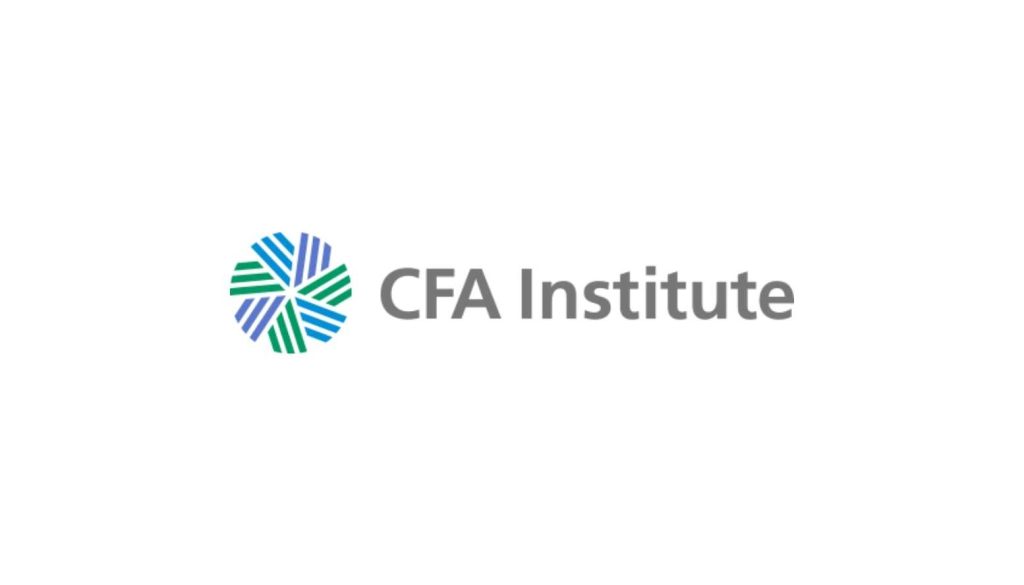Expanding carbon market coverage is raising operating costs for high-emitting companies, directly impacting investor returns.
Secondary market instruments — from spot trades to ETFs — are making carbon an emerging asset class for hedging and portfolio growth.
Liquidity and transparency remain critical challenges, with limited spot trading and restricted access to OTC data.
Global compliance carbon markets (CCMs) are fast becoming a focal point for sustainability-driven investors. As regulators broaden carbon market coverage, companies that once emitted freely now face material costs, influencing both operations and shareholder value. For investors, CCMs offer a pathway to align portfolios with net-zero goals while tapping into a growing alternative asset class.
“Not only do CCMs support decarbonization targets, they’re also evolving into investable, bankable markets that can enhance returns and manage climate risk,” the report notes.
Market Participants and Roles
CCMs bring together a range of actors: regulators set the framework and enforce compliance; covered entities trade allowances to meet obligations; exchanges and clearinghouses provide trading infrastructure; institutional investors bring liquidity and act as intermediaries. Retail investors have fewer direct options but can gain exposure via carbon ETFs or through the voluntary carbon market.
Instruments and Market Development
The secondary market is maturing, offering spot allowances for immediate compliance and derivatives for long-term cost management. EU allowances dominate global spot trade, with China’s market growing quickly. Futures and options are available in Europe and North America, while ETFs like the KraneShares Global Carbon Suite enable broader investor participation.
RELATED ARTICLE: CFA Institute Unveils Net-Zero Investing Guide with Insights from 50+ Experts
Liquidity Trends
While the spot market remains thin due to limited instruments and high barriers to entry, exchange-traded products provide better liquidity than over-the-counter deals. Futures markets skew toward short-term contracts, with long-dated products still illiquid — a pattern seen in other derivatives markets. Greater instrument variety and more participants could improve depth and stability.
Transparency Challenges
Market efficiency is hampered by inconsistent order book visibility, opaque OTC trade reporting, and restricted access to underlying data — much of which sits behind paid platforms. Addressing these issues could strengthen investor confidence and market participation.
This evolving market structure signals that as CCMs mature, they will increasingly influence corporate strategy, investment flows, and climate finance outcomes.
Follow ESG News on LinkedIn

